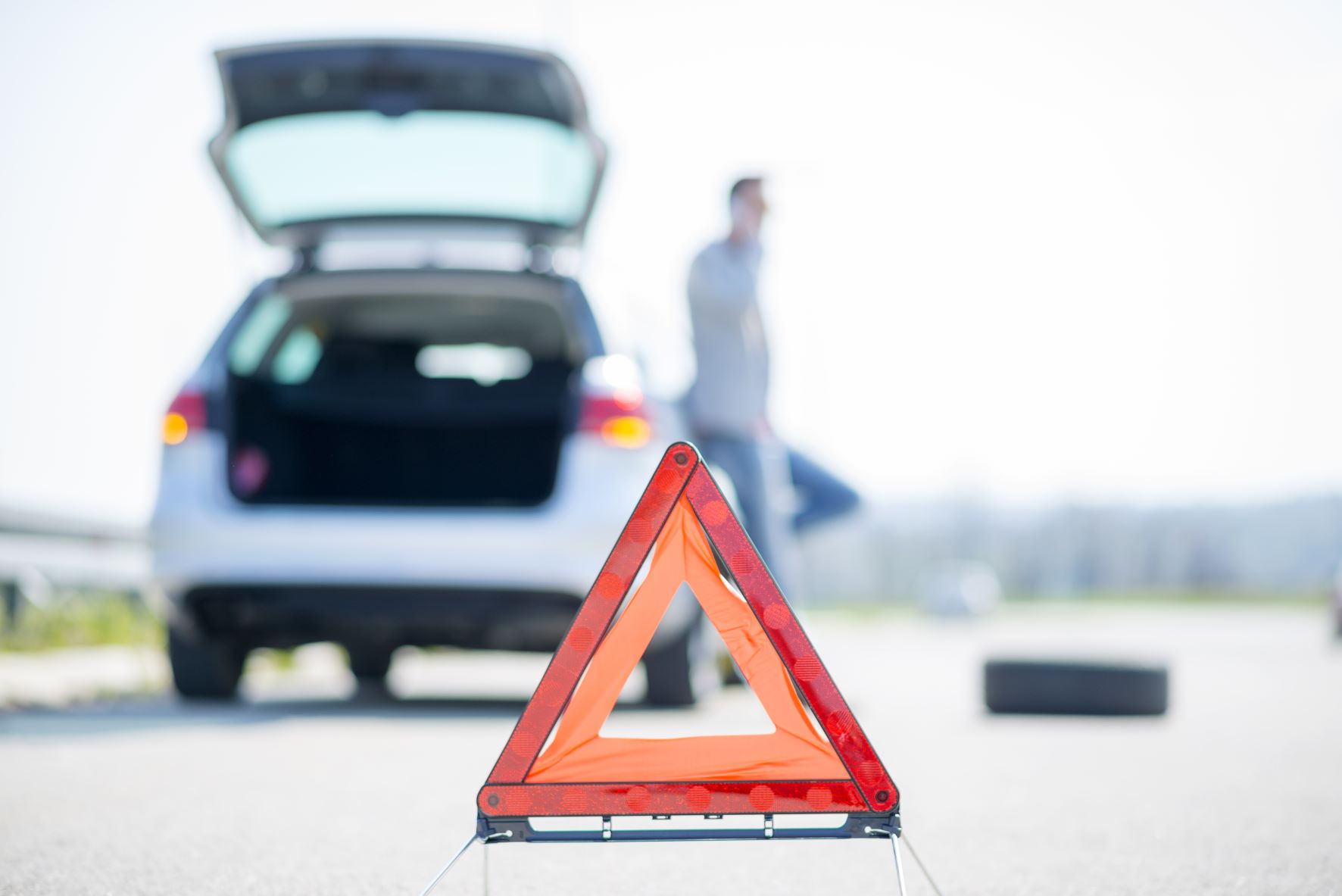
8 Mar 2023
Accident management for your fleet
You’re backing out of a carpark in your company vehicle and all of a sudden your vehicle comes to a crashing halt. You’ve just backed into a pole.
All sorts of thoughts are flooding into your mind - who do you call? Are you hurt? How do you move the vehicle? The least of all of those is the steps to take after an accident.
Around 30% of all accidents in New Zealand involve people driving for work. This increases to more than 50% if you count people driving to and from work. According to First Rescue, business vehicles tend to have an incident rate of 22-25% per annum. This is calculated based on the amount of incident claims they receive each year. The number varies based on the risk and driver - and generally, the less a driver cares about a car the more likely the chances of an incident. Want to make sure you’re well placed to cope when a vehicle in your fleet runs into trouble? Here's how you can minimise the risks and costs.
What is Accident Management?
Accident management refers to the outsourcing and management of the entire accident process for your fleet vehicles.
When a vehicle in your fleet is involved in an accident, there’s a lot of phone calls and admin to attend to like arranging a tow truck, a replacement vehicle and dealing with insurance. Outsourcing your accident management is the best way to deal with all of the admin involved. Why? It will save you time, cost and leave it with people who can effectively deal with it all, so your drivers and vehicles are well looked after.
We’ll help you with:
- Determining the driver’s immediate needs, arrange a tow truck, and a replacement vehicle if needed
- Loading the incident details and claim over the phone
- Notifying your insurance carrier of a claim where applicable
- Appointing an approved repairer in your location
- Obtaining the repair/damage estimate and images and carrying out a desk assessment to ensure it is cost-effective, and forwarding it to your insurer for approval/authorisation if an insurance claim is required
- Managing the repair process from the time the incident is reported through to completion of the repair, minimising downtime and taking unnecessary administration out of your business

Take steps to minimise accident risk
Statistically, driving a motor vehicle is often one of the most dangerous activities an employee undertakes. The best way to minimise risk is ensuring you have robust preventive measures in place:
Driver training
Based on data from First Rescue, the most common type of driver incidents are low speed, either occurring in car parks or other low speed areas - mostly due to a lack of spatial awareness. Regular driver training is a great way to up-skill your drivers and improve their defensive driving skills.
Develop a safe driving policy
Implementing a Safe Driving Policy is key to driving incidents down. An organisation’s Safe Driving Policy can be the roadmap to safe driving, identifying specific hazards in a business and recognising the importance of the safety of its employees. Through FleetPartners, First Rescue can guide you through the development of your own safe driving policy.
Reward safe driving
Data from First Rescue shows that generally the less a driver cares about the vehicle, the more reckless they’ll be with it. It’s important to encourage safe driving by rewarding it when you see it.
Reporting through FleetPartners
When you report through FleetPartners, you gain control, visibility and key insights into your fleet performance, that help minimise the number of accidents.
At FleetPartners, we can manage the entire claim and repairs process for you. We partner with First Rescue, our Accident Management supplier to provide our customers with management of the entire accident process. We ensure the driver is taken care of before organising relief vehicles, repair management, along with insurance company coordination.
Learn more about our Accident Management service here.


